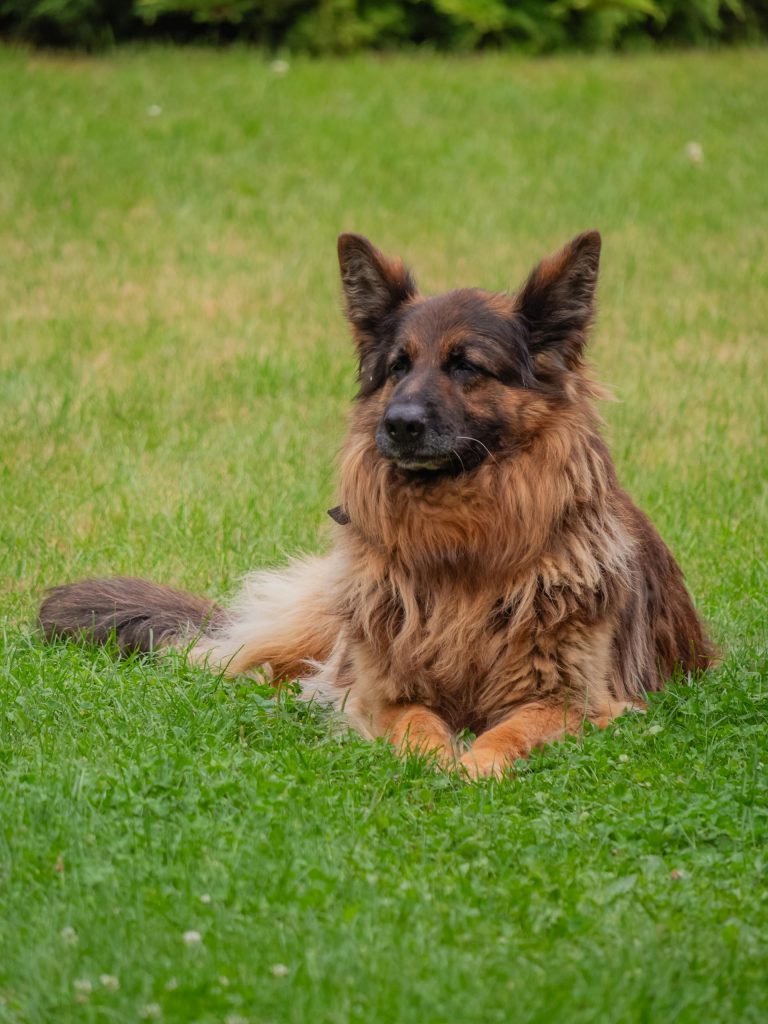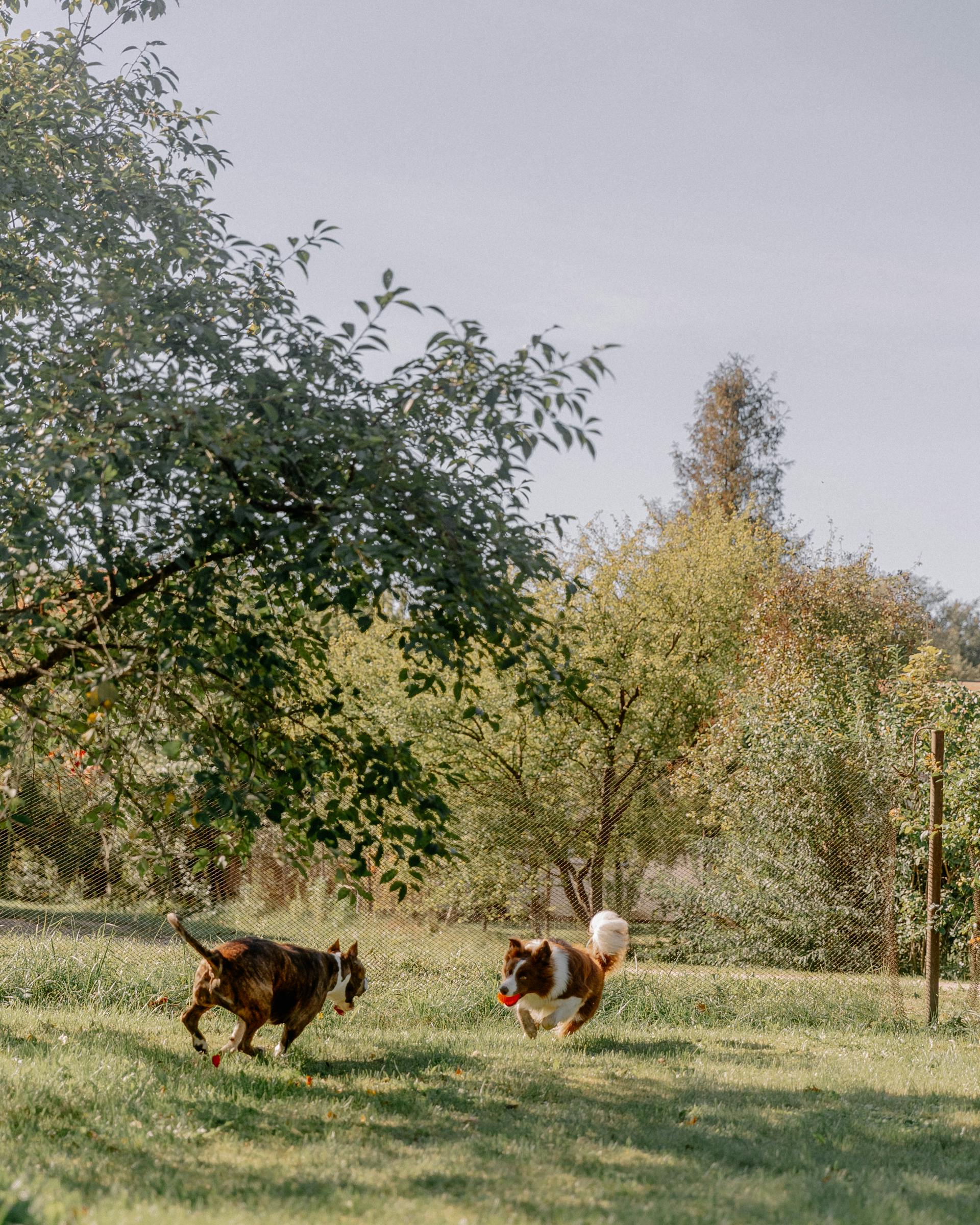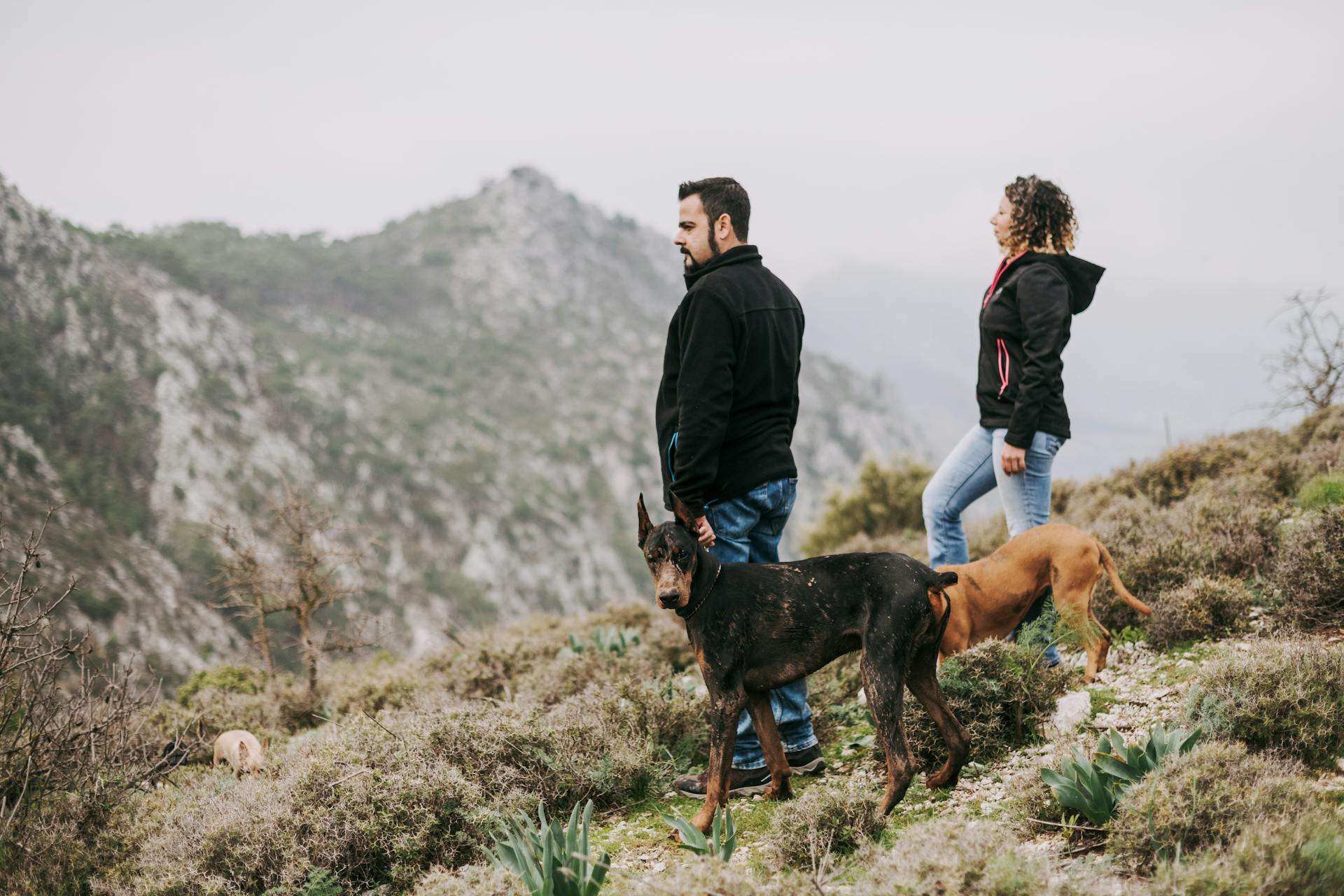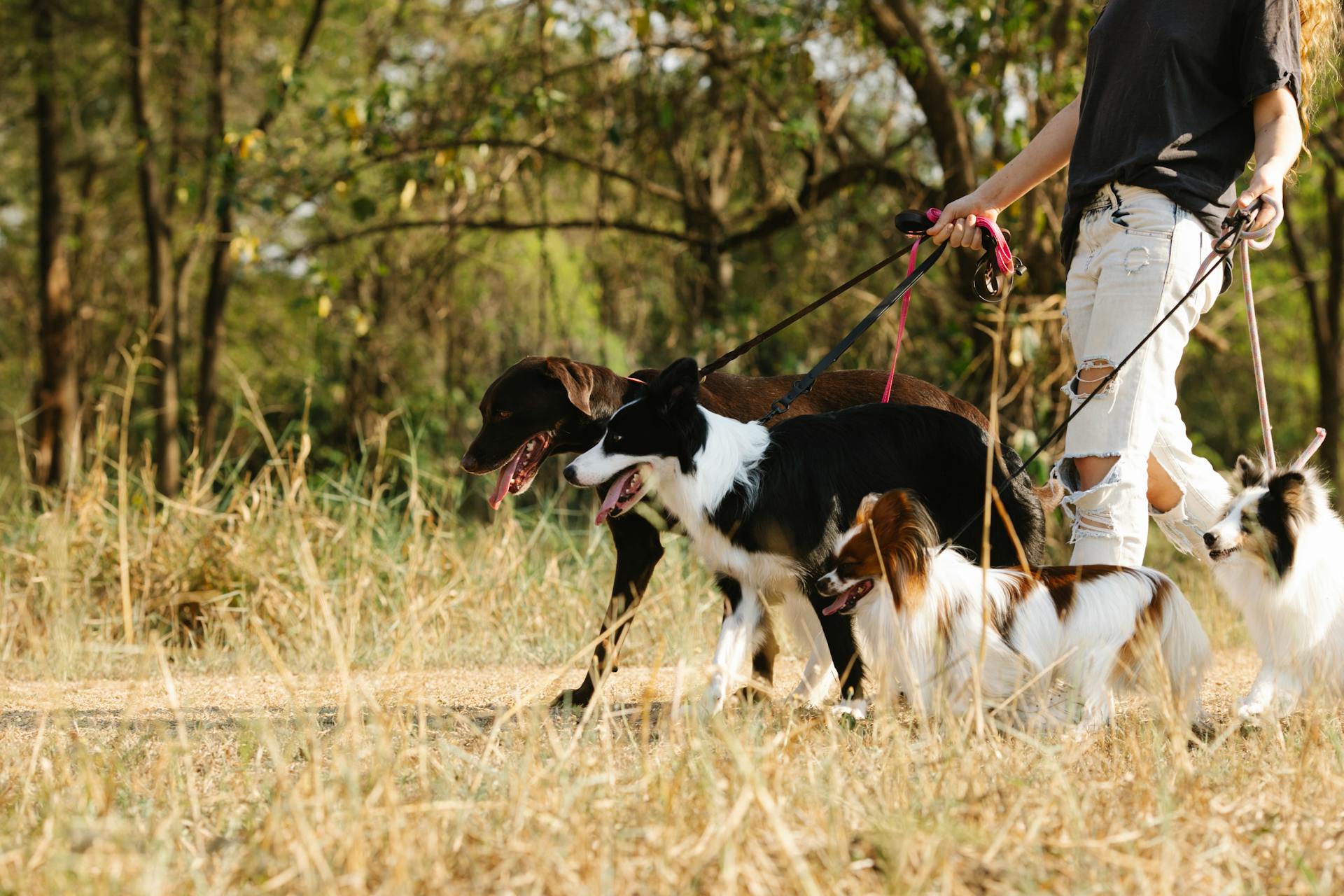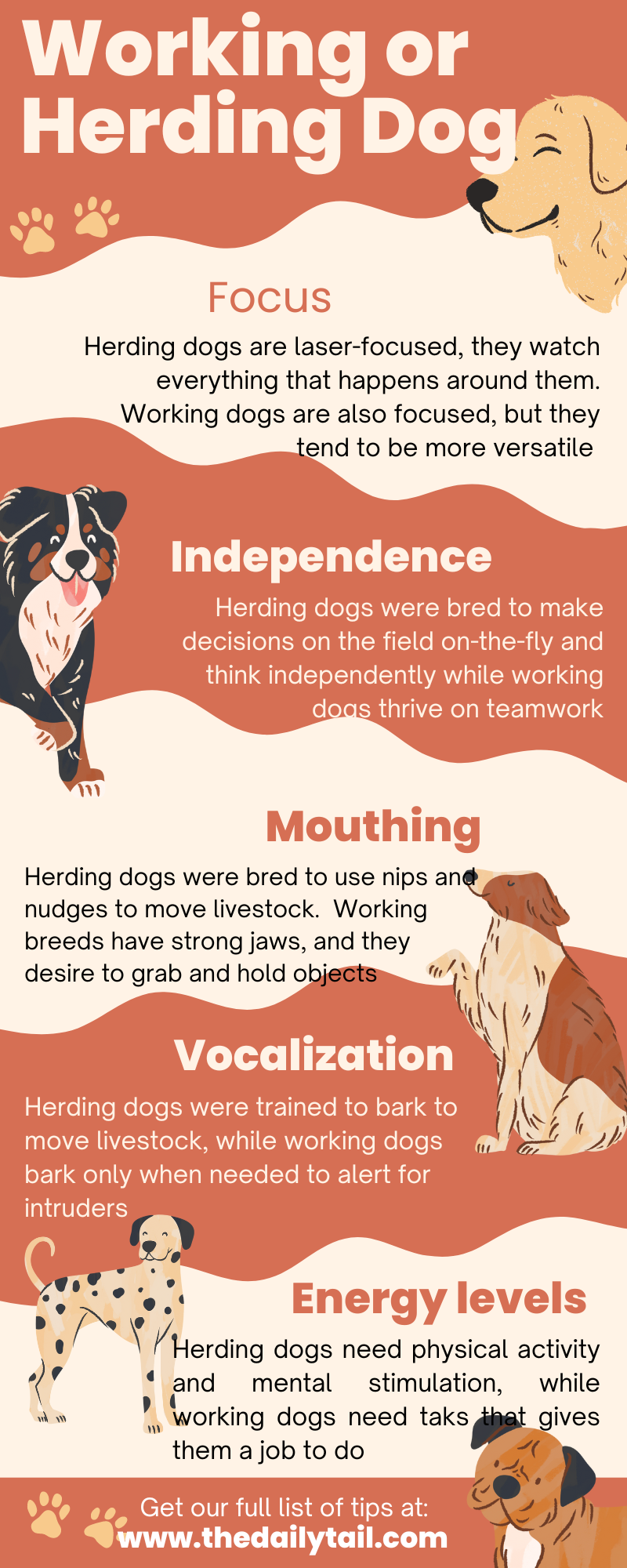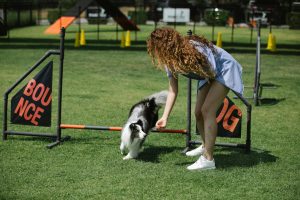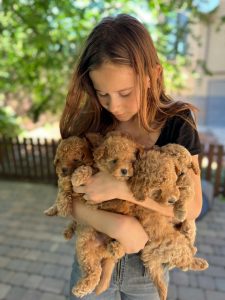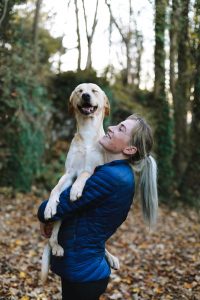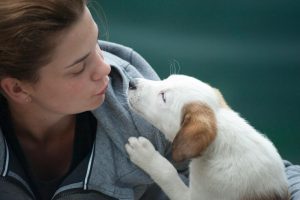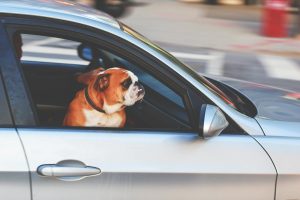Do you know that the German Shepherd falls in both the working dog group and the herding dog group? Have you ever watched a German Shepherd work his magic around cattle? Or do you only recognize GSDs as loyal protectors and guards? Looking at the herding dog vs working dog comparison, we can easily notice the differences between the two breed groups.
I’ve been around dogs for a while. I had a German Shepherd as a little boy, but I’ve always loved terrier breeds more than anything else.
But as a dog enthusiast, I always wanted to know more about each breed. That being said, today, I want to help prospective pet parents find their ideal pet.
Fun fact: Did you know that the herding dog breeds were part of the working group until 1983? It wasn’t until then that they were separated into two different groups by the American Kennel Club.
Guardians and Partners: The Versatility of Working Dogs
Let’s start with the working group first. These dogs are blue-collar workers, around the clock. They can have no problem working overtime, and will happily and gladly spend the whole day working.
Bred to assist humans and make their lives easier, the range of their work includes pulling sleds and carts, guarding flocks and homes, protecting families, and more.
When you look at some of the most recognizable breeds in this group, they display imposing stature, strength, and intelligence. For example, the Doberman Pinscher and Rottweiler.
However, not all dogs in this group are large guardians. For example, the German Pinscher, growing between 17 and 20 inches is also part of the group.
Then, we have the Great Dane, growing between 28 and 32 inches on the other side of the spectrum. As many of you know, each dog is different. Their temperament depends on upbringing and socialization. Yet, generally speaking, breeds in the working group tend to be alert, protective, and watchful.
Some lesser-known breeds in this group include Boerboel, Chinook, Tibetan Mastiff, and Black Russian Terrier.
From Farm to Family: Herding Breeds in the Modern World
You can say any herding breed is also a working breed. Herding livestock is a job, right? That is one of the reasons why the American Kennel Club had them in the same group until the 1980s.
Yet, if you look closely at them, herding dogs display some unique behavioral traits different from working dogs.
The German Shepherd is an exception, a dog that can excel in any job. Bred to be farm dogs, GSDs now excel in police work, search and rescue work, military work, therapy work, and everything in between.
While it is not a rule, but dogs in the herding group are smaller. Yet, there are also small dogs and large dogs here. Take the Pembroke Welsh Corgi, for example, growing between 10 and 12 inches. On the other side, we have the Shetland sheepdog, growing between 14 and 16 inches. Or the Beauceron, growing up to 27 inches.
Considered to be among the most intelligent dogs in the world, four of the herding dogs fall within the top 10. Those four are Border Collie, German Shepherd, Shetland Sheepdog, and Australian Cattle Dog.
Nowadays, many of these make a wonderful family dog. Yes, they can herd small children, but with the proper dog training and socialization, herding dogs make amazing pets.
Choosing the Right Fit: Matching a Dog to Your Lifestyle
Now let’s talk about behavioral differences between herding dog vs working dog. As I said before, each dog is different. Yet, breeders also try to stick to the standard set by the AKC. Here are a couple of main differences.
- Focus: Herding dogs are laser-focused, they watch everything that happens around them and react to the slightest movement with intensity. When they fixate on something, they do not let it out of sight. In the modern world, that can be joggers, cars, and even shadows without proper exercise. Working dogs are also focused, but they tend to be more versatile
- Energy levels: These two groups express their high energy in different ways. For example, herding dogs need both physical activity and mental stimulation like agility courses and nose work games. Working dogs need training and exercise that will demand endurance and power, and give them a job to do
- Independence: Herding dogs were bred to make decisions on the field on-the-fly and think independently while working dogs thrive on teamwork. They follow their handler every step of the way
- Sensitivity: Herding dogs are sensitive to sound and movement, making them highly responsive to any dog training cue. On the flip side, they get stressed easily in chaotic environments without proper socialization. Working dogs are more stoic, able to stand still and observe everything around them
- Mouthing: Herding dogs were bred to use nips and nudges to move livestock, an instinct they retained to this day. It often shows up in play between dogs. Working breeds have strong jaws, and they desire to grab and hold objects, not mouth them
- Prey drive: Herding dogs have some of the strongest prey drive in the canine world, second only to terriers. Their herding instinct is to chase and maybe even catch small animals. Walks in wildlife areas are challenging. Working dogs also have a prey drive but to a lesser extent. They were bred to stand still and protect, not chase
- Vocalization: Here is another area where herding dogs sit on the very top, barking. They were trained to bark to communicate with the flock and handler. Working dogs do not bark if not needed. They alert only if there is an intruder, and usually do not bark unless the intruder comes too close. Their imposing stature usually does the job of keeping threats at bay
- Socialization: Both dog groups need plenty of socialization, beginning as early as possible. Both groups carry a specific set of challenges that you need to eliminate with socialization to get a family pet for the modern world. For example, you do not want an overly protective Doberman wary of every stranger that walks by. Or a Border Collie nipping and herding children, right?
Understanding Exercise Needs
As I said before, both of these groups are high-energy dogs. But they need different types of energy. And here is something you will find out instantly if you get a herding breed or a working breed. You will have two dogs at home, not one.
You will have a tired herding dog and a non-tired herding dog. They are completely different animals. The same applies to working dogs.
When they do not get their desired amount of exercise, herding dogs will be a pain in the butt at home. The same applies to working dogs but to a lesser degree. And then there are different working dogs. For example, Saint Bernard, Great Dane, and Cane Corso are docile dogs. They are calm, and a walk around the block will do the trick.
But you also have a Siberian Husky, a sled dog who needs to run, run, and run some more. When Huskies do not get their exercise, they will irritate you to the point you will want to quit. That is why many Huskies end up in shelters because owners are not prepared for the work and dedication they need to provide.
Final Words
Before you decide whether you want a herding dog breed or a working dog breed, you should ask yourself a couple of questions. For example:
- Do I have a yard or an outdoor space close by?
- What is the right breed for the age of my children?
- Can I provide the activities my dog needs?
- Can I commit enough spare time?
- Am I home enough?
- What are the financial risks for veterinary care?
- How about shedding, how often do I want to vacuum?
We have to remember these behavior differences are generalized. Every dog is an individual. Same as every person is an individual. Brothers and sisters grow up in the same household and end up with completely different characters, right?
The same can be said about dogs. You might find an Australian Shepherd or Australian Cattle Dog that wants to lounge on the couch. Or some Doberman with herding instincts. But no matter the individual examples, always familiarize yourself with a dog breed before you get one.
I knew exactly what I was getting into when I got Milo. While there were challenges, I was ready to face them.

